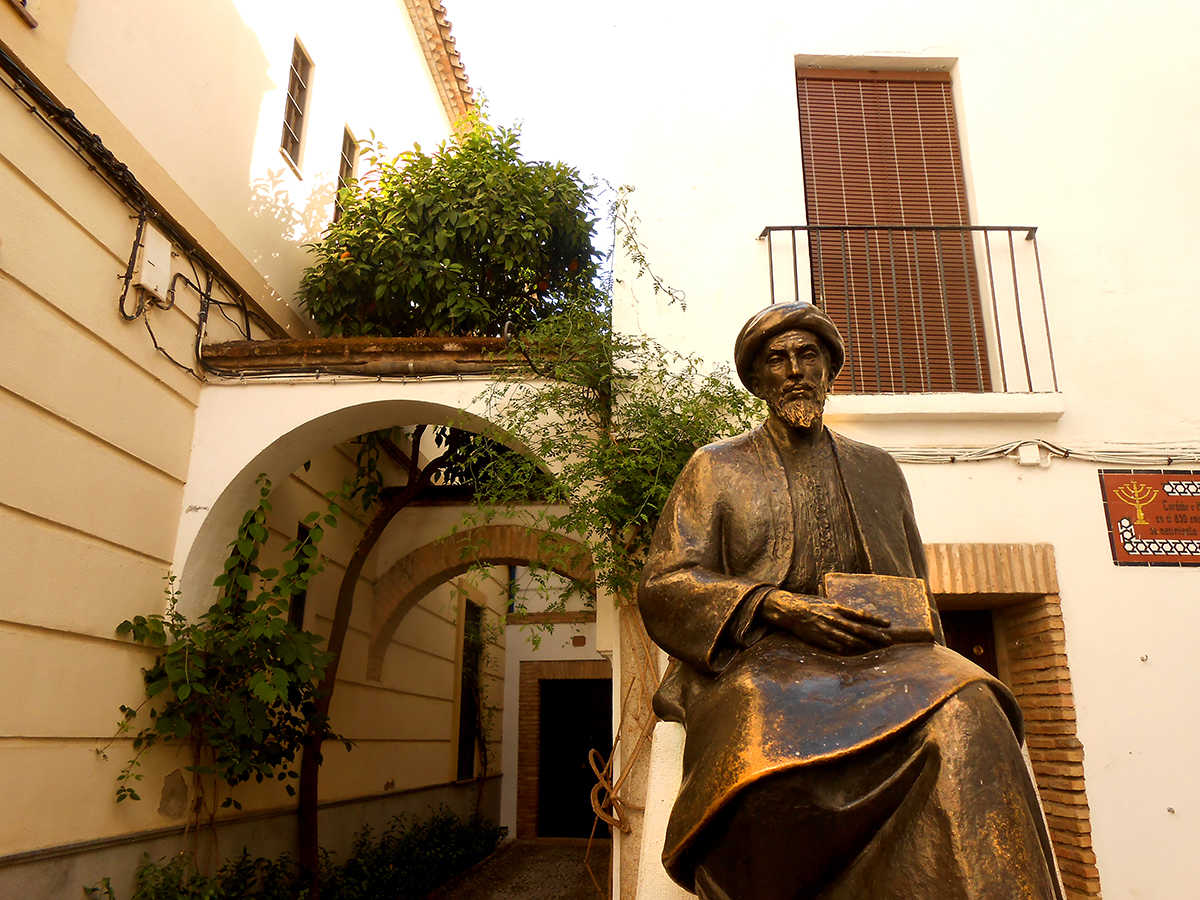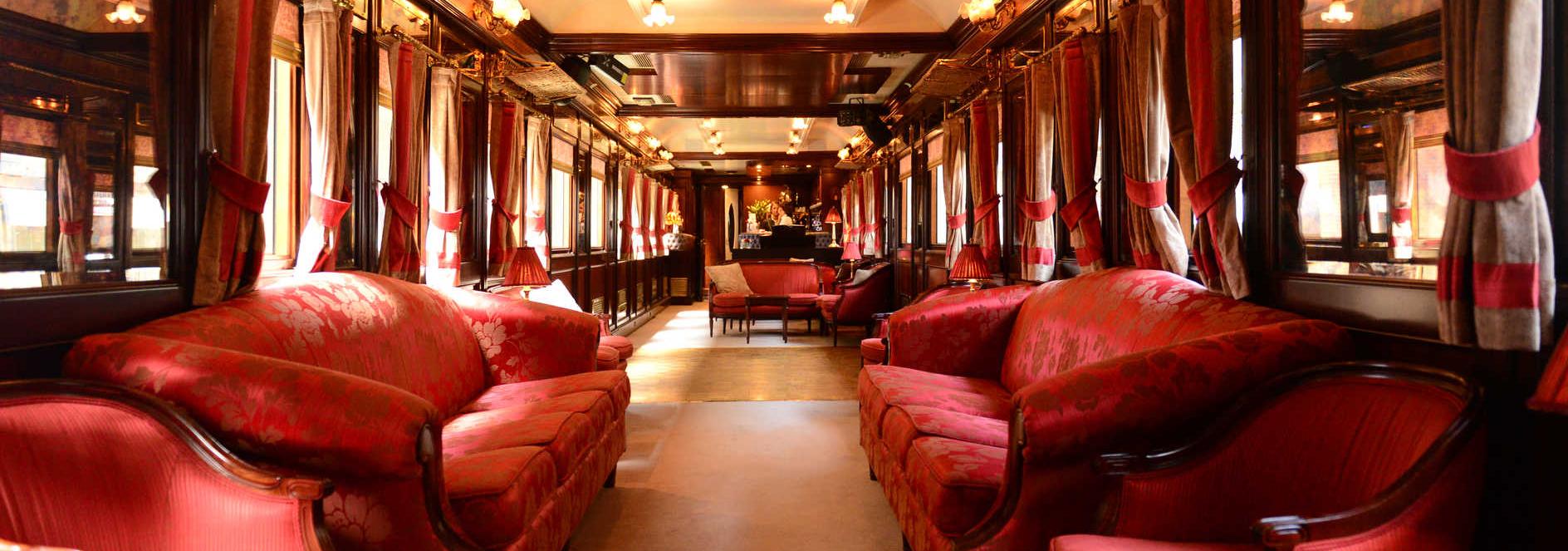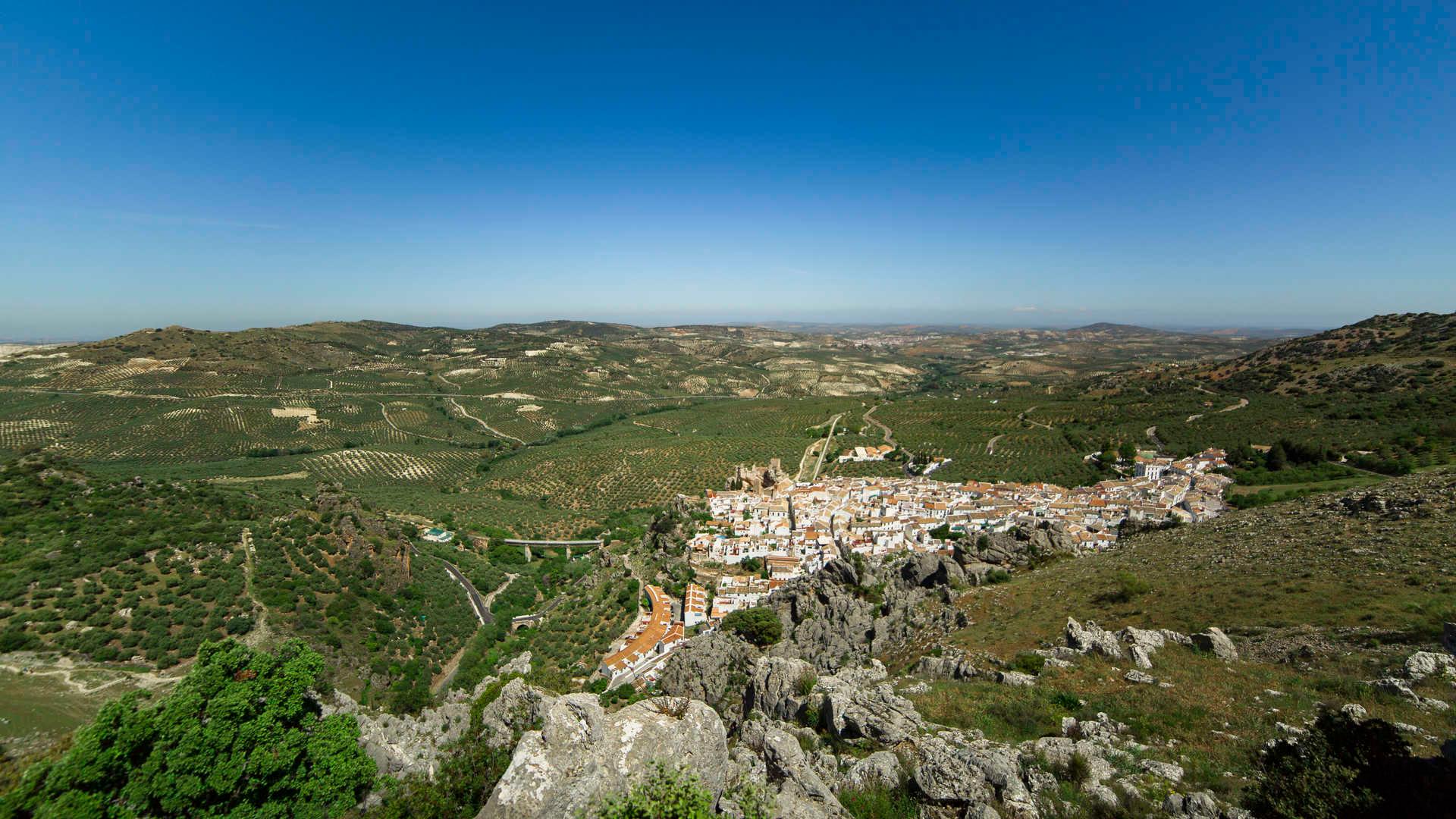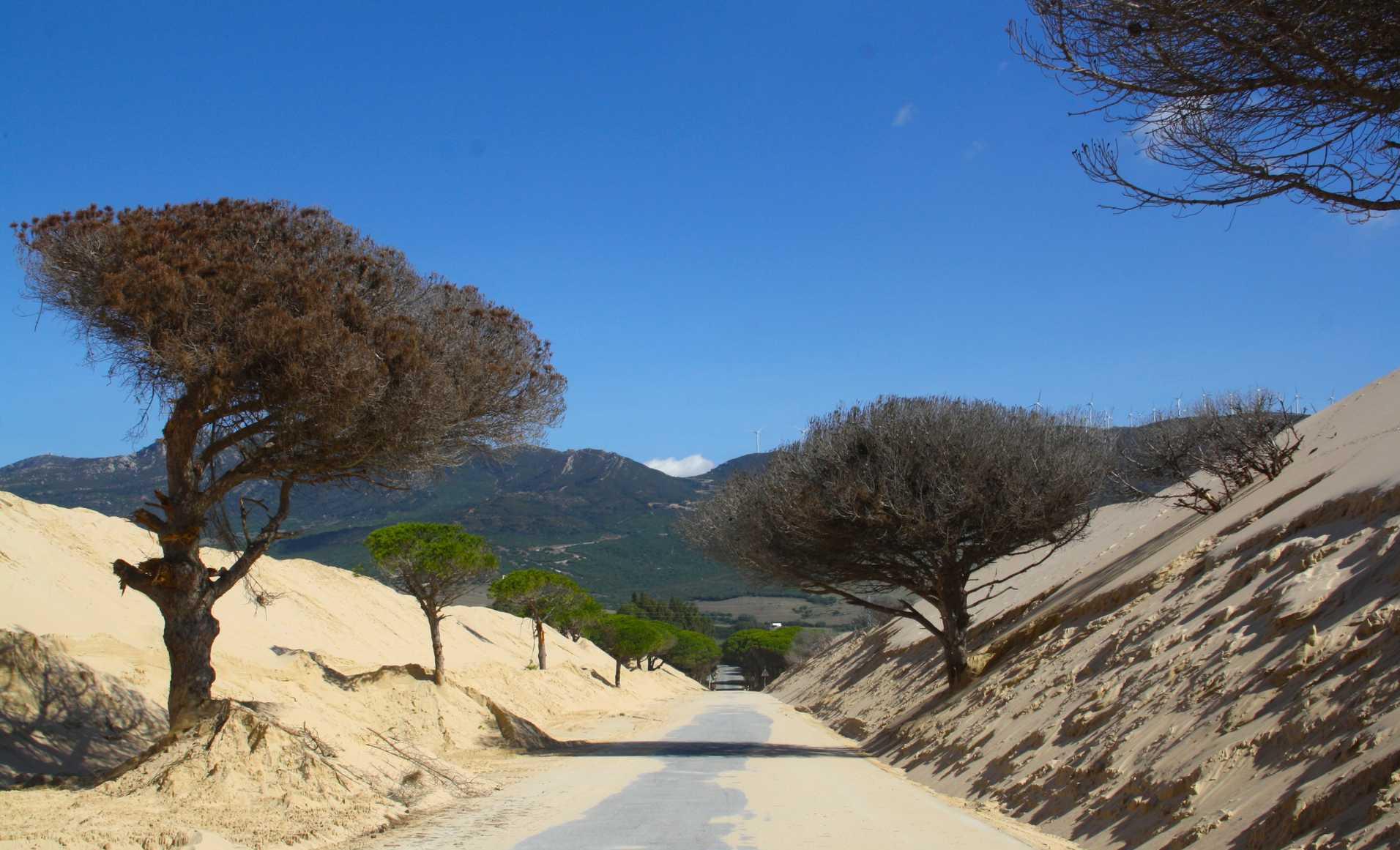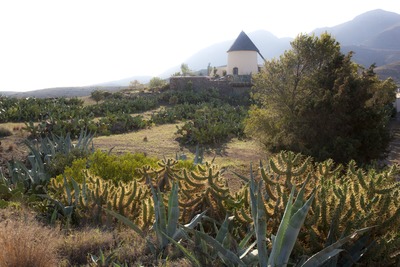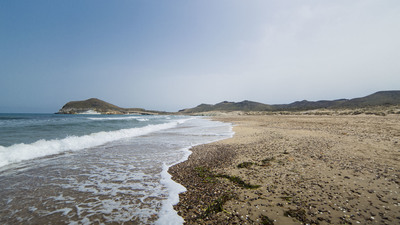Routes of The Moorish Legacy
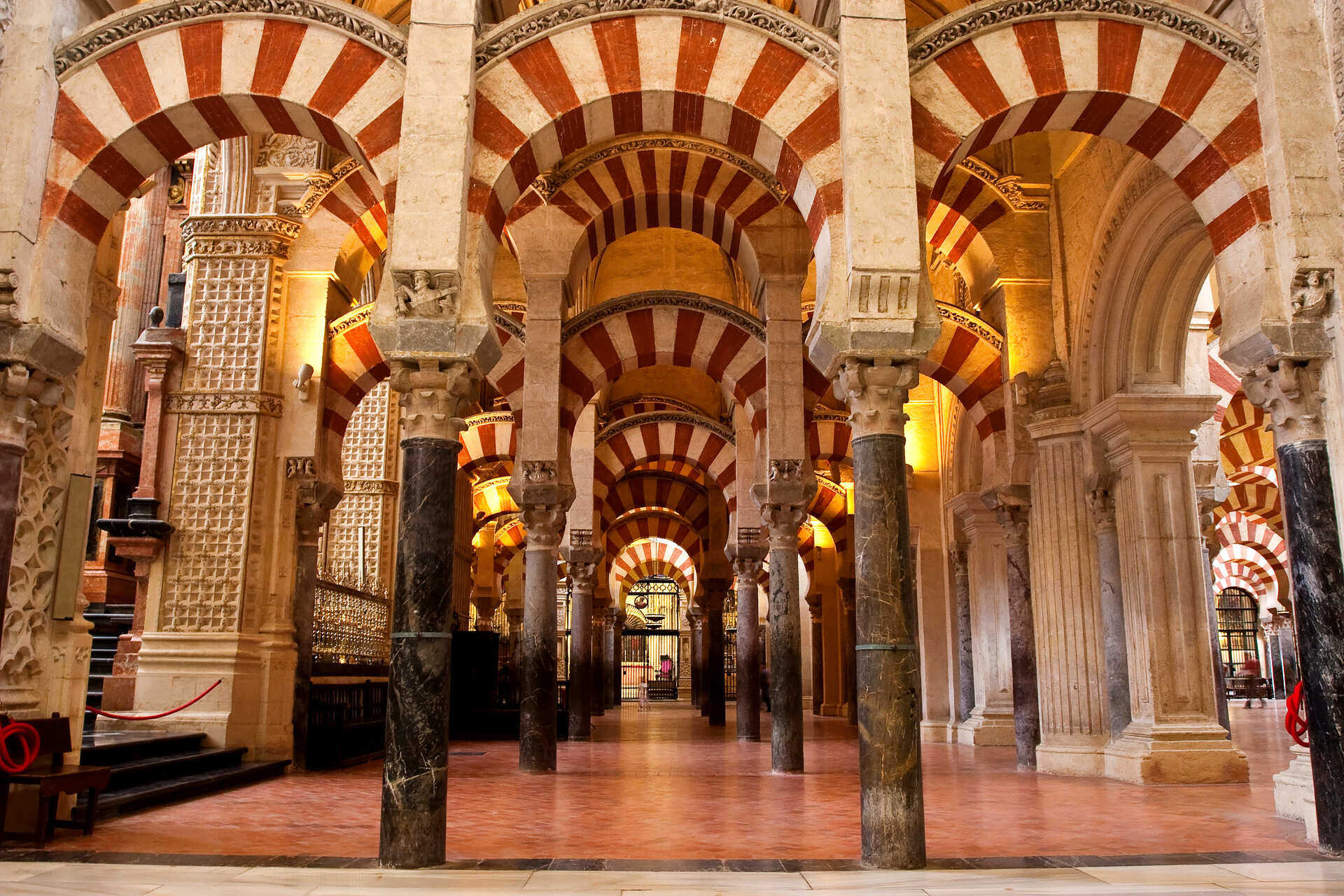
After eight centuries establishing a unique and singular culture, Al-Andalus left an indelible footprint on Andalusian roads, a distinctive mark that makes us different from other parts of the Iberian Peninsula. Nine routes that will helps to us enjoy the remains of the great Caliphate and the magnificent Nasrid period, with stops in all the Andalusian capitals. A trip that takes us back in time and allows us to get immersed in a very present culture. As you travel, you will hear the poems of poet al-Mutamid, and be guided by geographer Ibn al-Jatib. The roads are the best way to do these routes, but there are also alternative paths for cycling and hiking. Thanks to all this it is an exceptional cultural, sporting and natural experience.
The Legacy of Al-Andalus allows us to discover the enormous heritage that this civilisation left us, a culture that changed our history and that of the entire Mediterranean area forever. The Legacy of Al-Andalus Routes have been a Cultural Route of the Council of Europe since 1997 and cross more than 200 towns. Pick your favourite and discover what the Andalusian people and their day-to-day lives are really like.
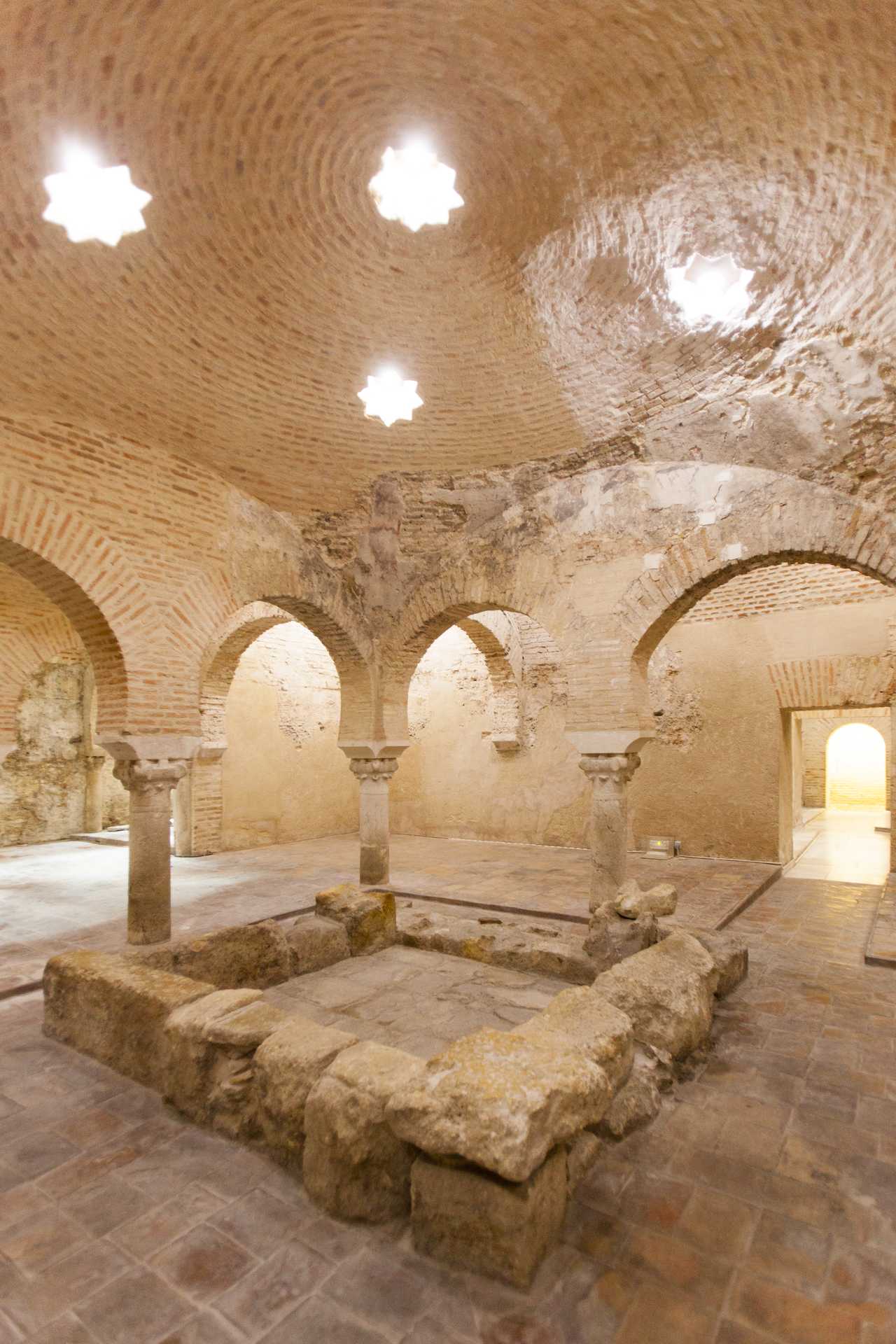
The first route, the Caliphate Route, takes a look at the most important political organisation of the Al-Andalus period in our country: the Caliphate of Cordoba. This trail, one of the busiest in the Iberian Peninsula during the Middle Ages, goes from Cordoba to Granada. These two cities were capitals respectively at different times in history, and they erected alcazabas, castles and fortresses belonging to both worlds. But you will also follow a trail of peace and prosperity, the one travelled by merchants and philosophers from all over the world.
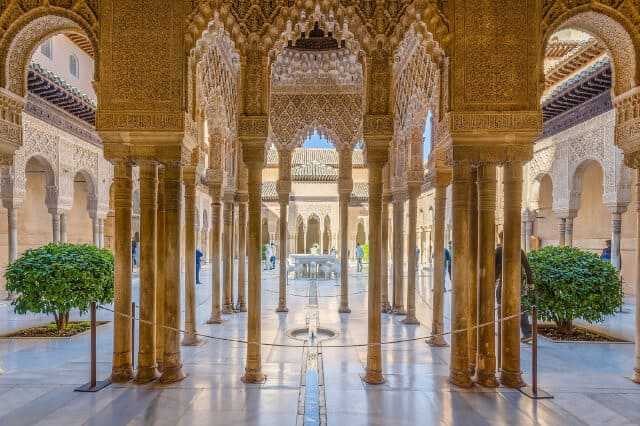
The Washington Irving Route remembers the American author and diplomat who fell in love with Andalusian culture. The journey follows in the footsteps of the American writer, from the coastal town of La Rábida, in Huelva, to Granada. It connects four Andalusian provinces: Huelva, Seville, Malaga and Granada, and ends at the most important monument in the Nasrid city, a place that inspired the author to write one of his most important works, Tales of the Alhambra.

Starting where the previous route left off, the Route of the Nasrids focuses on the city of Granada. It revolves around the last Al-Andalus kingdom, which was finally expelled in 1492. It crosses lands in the provinces of Jaén and Granada, and includes breath-taking natural settings, such as the mountains of Sierra Morena, Mágina and Los Montes in Granada.
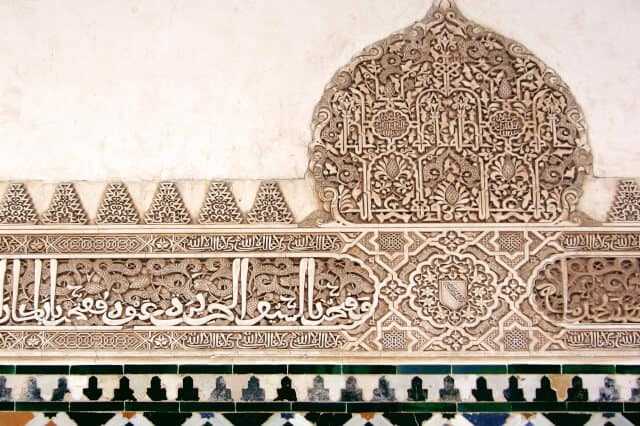
Another route is named after other civilisations who left their mark upon our land: the Almoravids and Almohads, of Berber origin and from Africa. This route begins in the province of Cadiz, specifically in the port city of Tarifa. It is 400 km long and runs along two branches that take it to the province of Malaga, visiting coastal, countryside and mountain towns. After crossing beautiful cities such as Cadiz and Jerez de la Frontera, both routes converge in Ronda (Malaga). Finally, it enters the province of Granada.
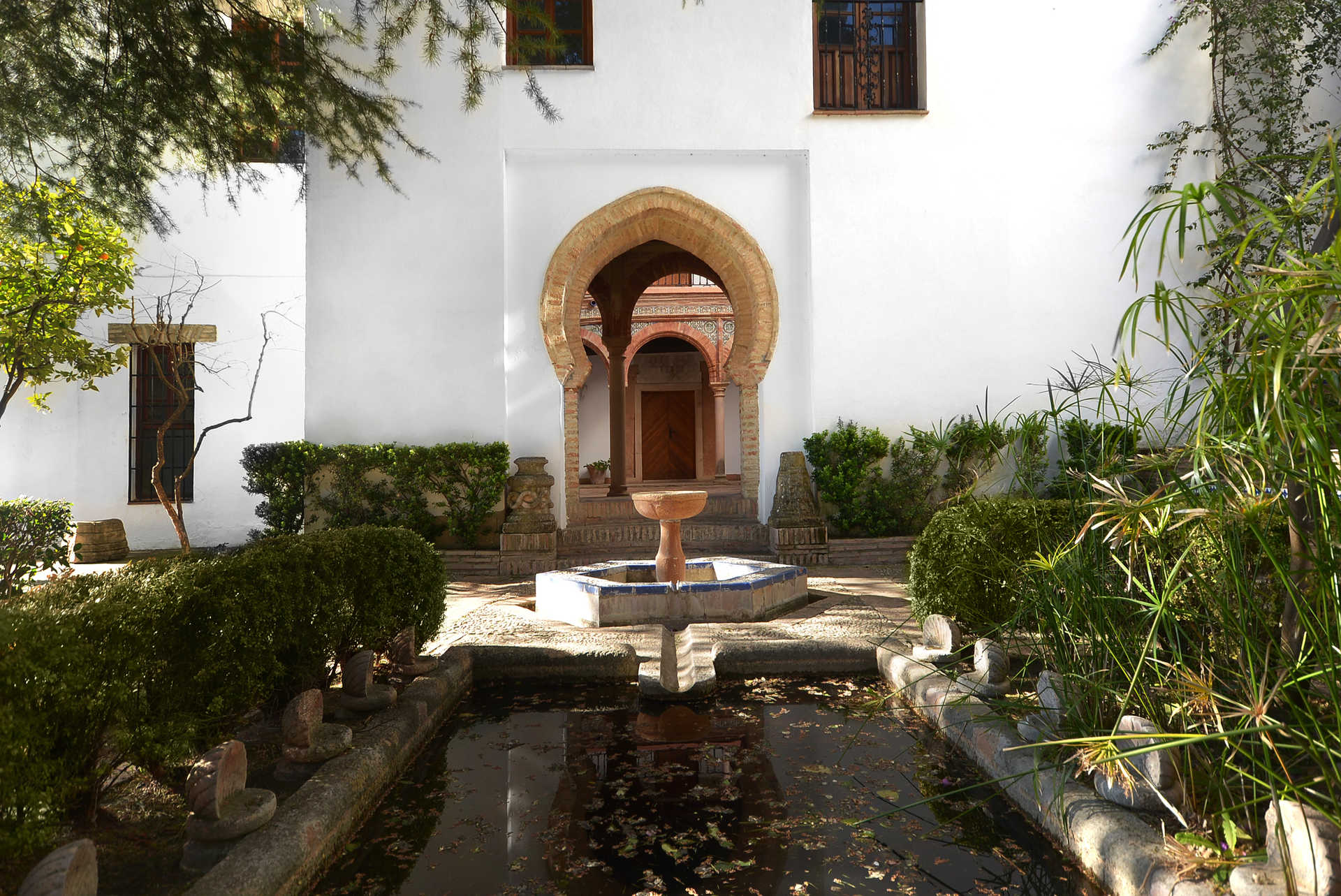
The Route of the Alpujarras starts off in Almería and finishes in Granada. Beautiful places like those in Sierra Nevada, the Alpujarras or the Lecrín Valley will be etched on your memory forever. A surprising route where nature, the remains of medieval fortifications and an immense Andalusian heritage, which pops up in every aspect of daily life, will offer amazing experiences.
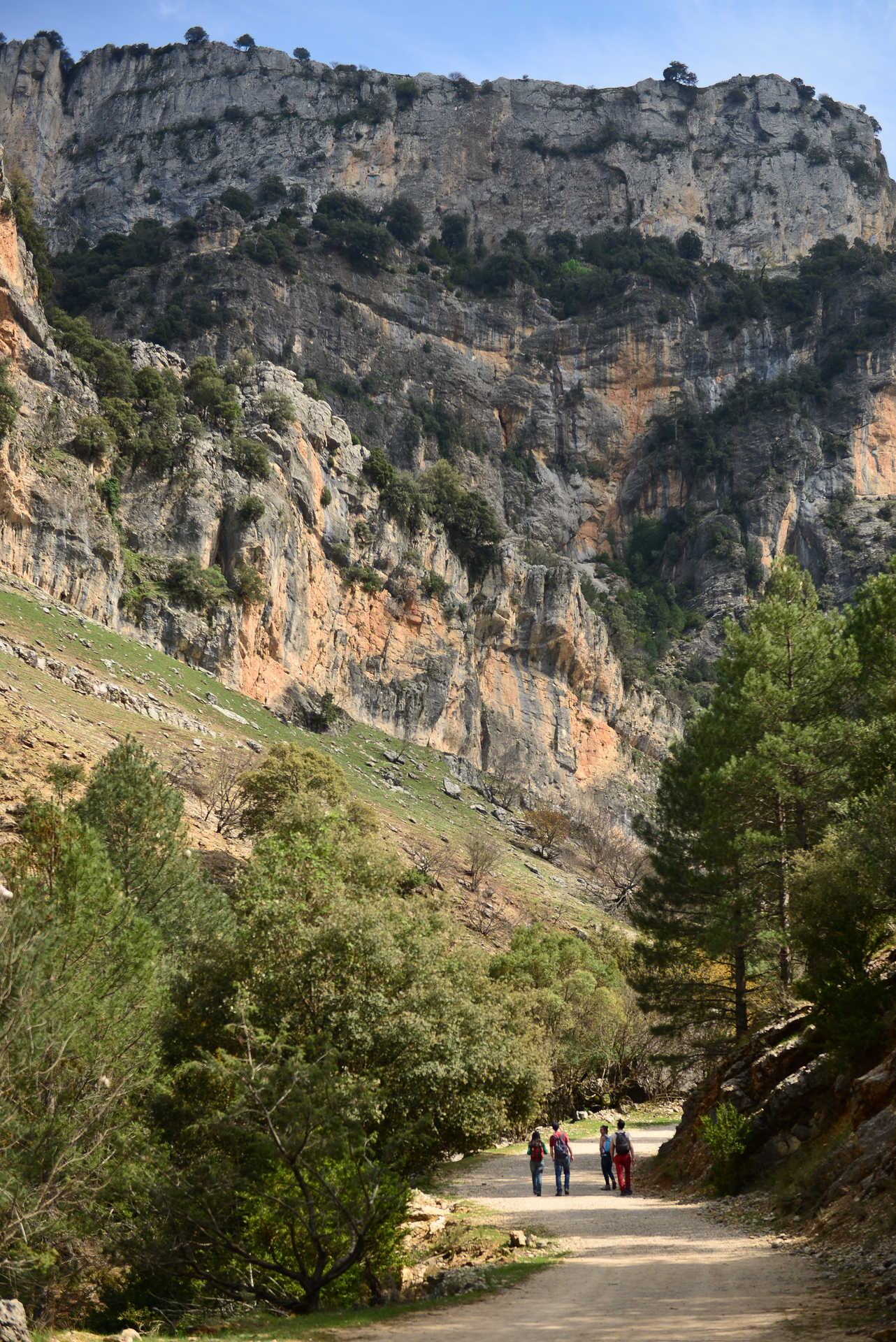
It is worth mentioning the routes inspired by great figures of the time, like that of the poet and philosopher Ibn al-Khatib, a road that goes from Murcia to Granada, to the Alhambra itself, where the verses of this prominent writer are engraved. Another route, that of the geographer al-Idrisi, features the road between Malaga and Granada and shows us what Al-Andalus was like in the 12th century. The most international route, though, is the so-called al-Mutamid route, musician, poet and Taifa king in the 11th century, who was governor of the Silves region before that, in southern Portugal. The route starts in the capital of Portugal, Lisbon, and is divided into two branches to the south and east, which converge in the city of Seville. Then, it continues towards Granada following the Washington Irving Route.
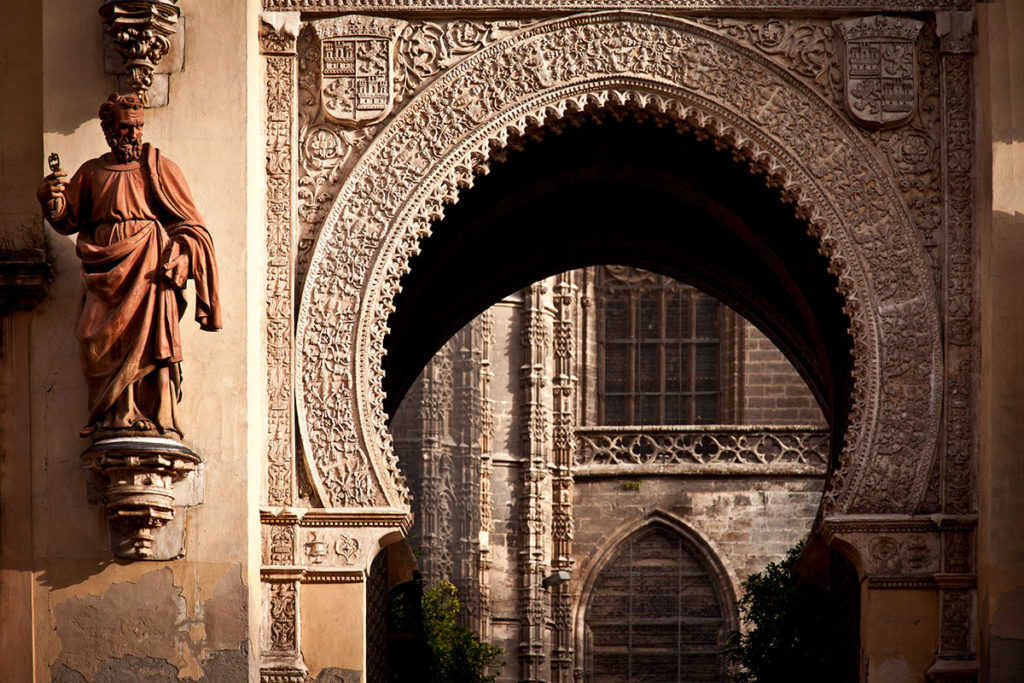
And to finish, or to start off with, depending on what travellers prefer, the Umayyad route, one of the most cosmopolitan routes of the Legacy of Al-Andalus. Highly recommended as your first route of the Legacy, as it is very extensive and practically crosses all the great Al-Andalus cultural hubs. The route follows, in some way, the footsteps of the first Berber conquerors who arrived in Spain in the 8th century. An amazing adventure that will help you discover Al-Andalus from another point of view and see the imprint of this civilisation that flourished here for several centuries.
